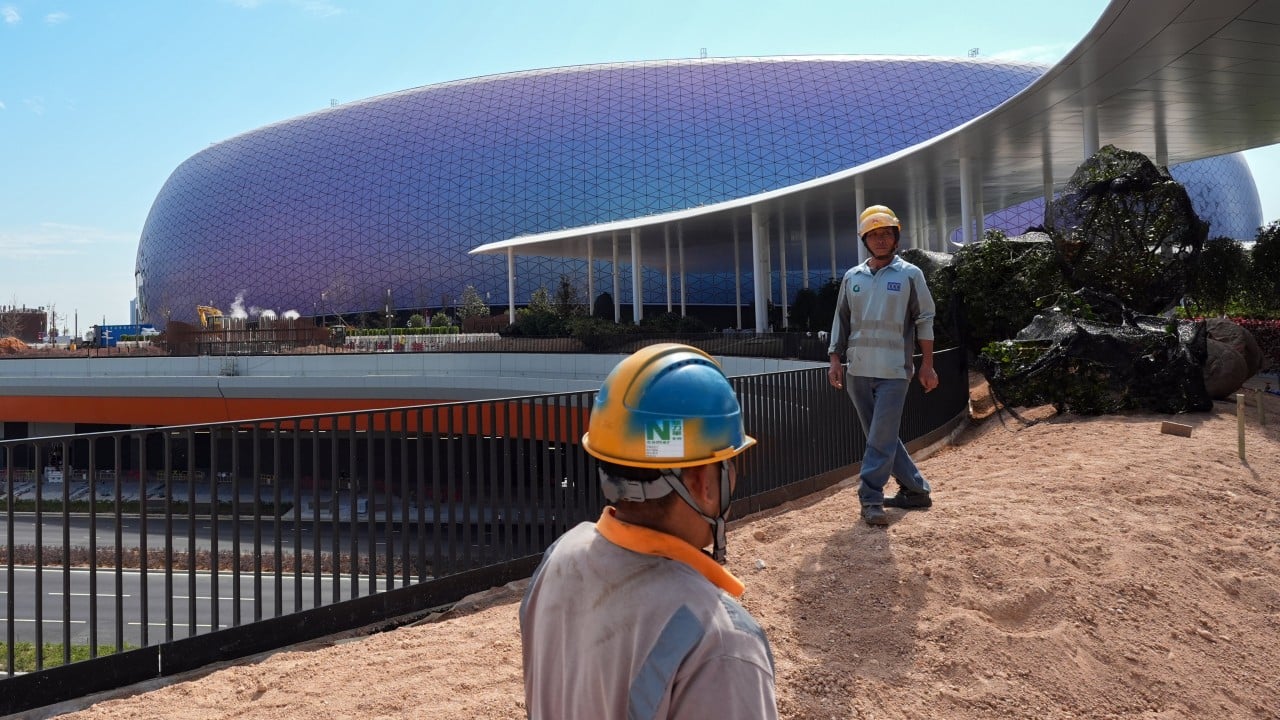Engineers used to joke that Hong Kong would be terrific when it finally got built. Everyone attending the trial events at Kai Tak Sports Park, due to open in the next few months, must surely have had that joke in mind.
Advertisement
The HK$30 billion (US$3.85 billion) sports park, with a 50,000-capacity stadium at its heart, may be a marvel. But the roughly one-kilometre walk from either the Kai Tak or Sung Wong Toi MTR station remains a dusty and confusing uphill obstacle course around noisy construction sites.
One wonders what welcome awaits international rugby fans when they come for the Hong Kong Sevens rugby tournament at the end of March, or tourists flying in to see Coldplay in concert in April.
Recall that Kai Tak became available for redevelopment on July 7, 1998, after the old airport was moved in a single drama-laden night to Chek Lap Kok. Surely, we have to wonder where the 26 years have gone, how much time has been lost to bureaucracy and procrastination, and what lessons Chief Executive John Lee Ka-chiu’s “result-oriented” government should take away from this effort to transform Kai Tak into Hong Kong’s mega-event hub and second central business district.
One has to wonder what has happened to Hong Kong’s famed ability to build one of the world’s most efficient city infrastructures, and what lies in store for mega-projects like the Northern Metropolis and the Kau Yi Chau artificial islands.
Advertisement
The redevelopment of Kai Tak’s 320 hectares (791 acres) is child’s play against the ambition and importance of Northern Metropolis, which spans Hong Kong’s boundary with Shenzhen and covers 30,000 hectares.

